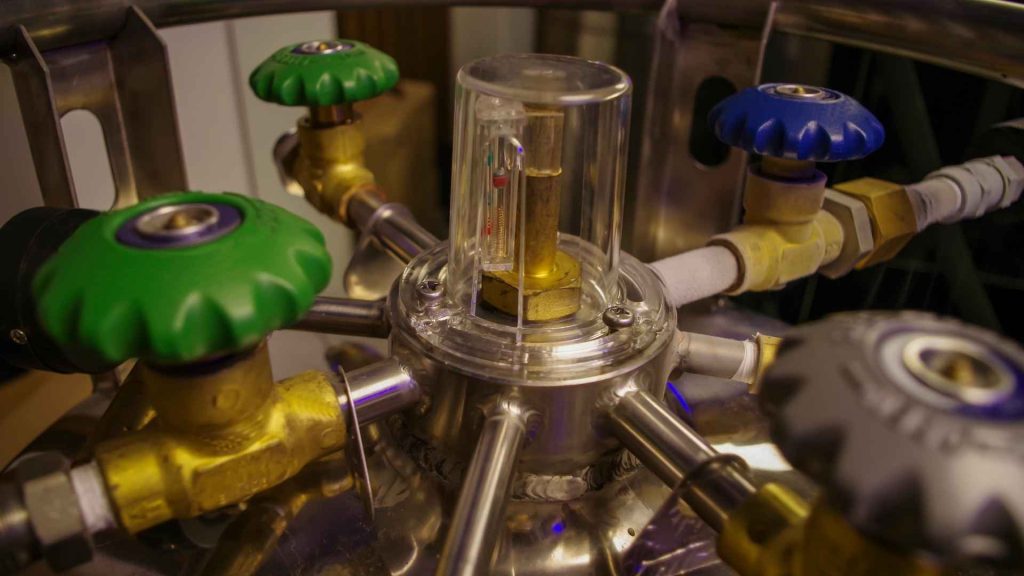
Cryogenic valves control liquids that are extremely chilled. The temperature of cryogenic fluids can be as low as -452degF, which can result in rapid freezing of human tissue. Even a small amount may cause death. This can cause death and asphyxiation. Additionally, the liquid's elastic nature means it can expand rapidly.
It is crucial to design cryogenic valves. A well-designed cryogenic valve will close correctly under these conditions. This will prevent internal leaks from occurring and ensure the safety of the system. This is possible by making sure that the sealing components are constructed in a manner that will ensure a secure closure in all conditions. The main problem with cryogenic valves lies in their high internal leakage rates. These problems can be minimized with a good design and a skilled installation team.
Many manufacturers are concerned about internal leakage. However, some cryogenic valves may need additional features that are determined by the application. Flow plugs for example are simply tapered seats with an increase in area when the valve opens. This can help regulate the flow and prevent a catastrophe. A few things to consider when you are looking for a new cryogenic valve. It is important to shop around before you buy a new cold-operating valve.
Generally, cryogenic valves are made of stainless steel and are generally made with a higher packing part. These designs can be used with low-temperature working materials. Cryogenic valves must be safe to use. Cryogenic valve stems have extended necks and a shorter stem to reduce heat loss. The heat transfer area can be calculated by using a test method.
Cryogenic ball valves should have the correct seals for medium. A good manufacturer will be able to make these valves according to the specifications of the project. A cryogenic valve must be resistant to extreme temperatures. You must also consider the following factors when purchasing a new valve. Then, you need to know the type of medium your application requires. If you plan to use this liquid, it should be flammable.
There are many types of materials that can be used to make cryogenic valves. However, they are generally available in two basic styles: flange or weld configurations. The application determines the type of piping connector used for cryogenic devices. There are many options available for flanged piping connections depending on the size and type of material. They can be used in many industries, including the oil-and-gas industry.
Another consideration for cryogenic valves is their cleanliness. Because cryogenic liquids are extremely low in temperature, small particles can build up and cause leaky sealants. Before purchasing any valves, it is essential to ensure that all parts are clean. If the fluid is flammable, then the leak will not be detected. A reliable, high-quality valve can withstand high pressure and be used in high-pressure applications.
Are cryogenic valves durable?
Cryogenic valves can be used to handle many fluids. A flanged vale is an essential component of cryogenic plants. The equipment's operation is dependent on its ability to handle a variety of fluids. It prevents fluid from reaching the lower temperature of a vessel. It also prevents the liquid from flowing in two-phase. This ensures safety for everyone aboard, including the equipment.
As the name implies, cryogenic valves are used for liquefied gases. They are designed to safely contain these gases. These gases at high pressure will cause them to open and allow the fluids to flow. When the pressure is reduced, the valve will seal to prevent further leaks. A high quality valve is a reliable component that will last a lifetime. A cryogenic valve can save the company's life.
Cryogenics are crucial for many applications. They have a low operating temperature and can easily malfunction or leak liquid gas. A cryogenic valve is crucial for safety in a medical facility or factory. Other than medical research, cryogenic vales can also be used for other purposes such as air separation, super conductivity research and other industrial processes.